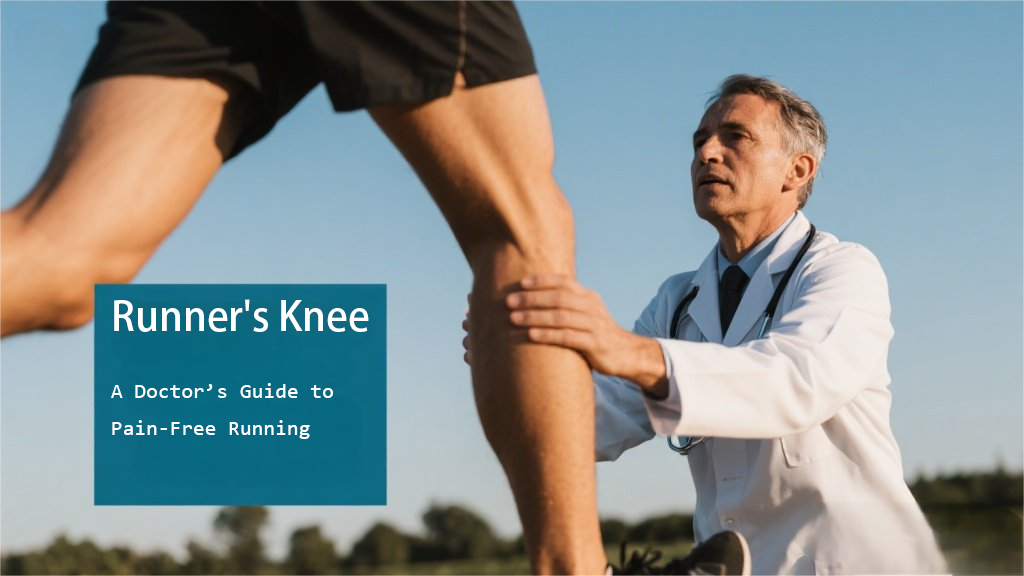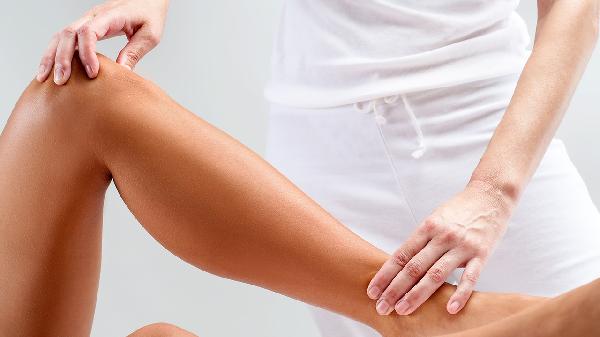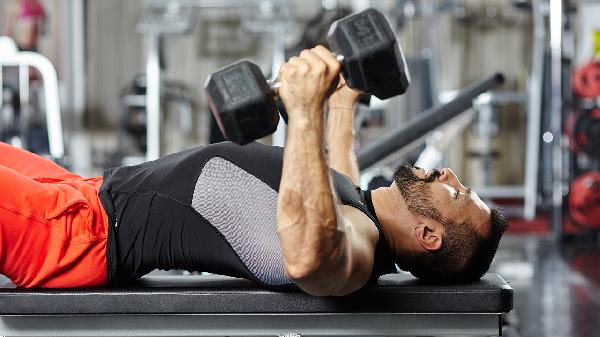Runner's knee is that annoying guest who overstays their welcome—just when you think you've kicked it to the curb, it comes creeping back. The pain can range from a dull ache to a sharp stab, usually around or behind the kneecap, and it loves to flare up during or after a run. But here's the kicker: runner's knee isn't just one thing. It's an umbrella term for several issues that mess with your knee's happy place, and if you don't tackle the root causes, you're basically playing whack-a-mole with your pain.

Why Your Knee Throws Tantrums
Think of your knee like a high-maintenance joint with a lot of moving parts. When something's off—whether it's weak muscles, tight tendons, or wonky biomechanics—your kneecap doesn't glide smoothly in its groove. Instead, it grinds, pinches, or gets irritated, and that's when the drama starts. Common culprits include overuse (aka running too much too soon), weak hips or quads that can't stabilize your knee properly, or flat feet that throw off your whole leg alignment. Even your running shoes might be part of the problem if they're worn out or don't match your gait.
The Sneaky Ways Runner's Knee Hides
Here's where it gets tricky: runner's knee doesn't always announce itself with a bang. Sometimes it starts as a whisper—a little stiffness after runs, or a vague ache when you're going downstairs. You might brush it off, but those are red flags. Other times, it's more obvious, like swelling around the kneecap or pain that lingers for hours post-run. And because the knee is a gossip hub for your whole lower body, issues like tight IT bands or weak glutes can secretly contribute to the problem without you realizing it.
How to Shut Down Runner's Knee for Good
First rule: don't just ice it and hope for the best. That's like putting a band-aid on a leaky pipe. You've got to play detective. Start with a running break—yes, it sucks, but continuing to run through pain is like pouring gasoline on the fire. Swap runs for low-impact cross-training (swimming or cycling) to maintain fitness while giving your knee a breather. Then, hit the strength work: squats, lunges, and clamshells to bulletproof your hips and quads. Foam rolling your IT band and quads can help too, since tight muscles pull on your kneecap like overzealous puppeteers.
When to Call in the Pros
If your knee's still throwing fits after a few weeks of DIY rehab, it's time to bring in reinforcements. A physical therapist can spot muscle imbalances you might miss, and they'll tailor exercises to your specific weak spots. Sometimes, custom orthotics are the missing piece if your arches are sabotaging you. And in rare cases where conservative treatments fail, imaging might reveal something like cartilage damage that needs more targeted care. But for most runners, consistent strength work and gradual return to running does the trick.
The good news? Runner's knee is usually more of a speed bump than a roadblock. With patience and the right approach, you can get back to pounding pavement pain-free. Just remember: healing isn't linear. Some days your knee will feel great, others it might grumble—that's normal. The key is listening to your body and not rushing the comeback. Your future running self will thank you.
























